Have we reached peak supercar?

Roula Khalaf, Editor of the FT, selects her favourite stories in this weekly newsletter.
It was eerily silent in the milliseconds before the end of?history. There was no loudspeaker countdown, no anticipatory crowd chatter, not even the rustle of wind through the trees lining the Papenburg proving grounds in north-western Germany. According to those who were there last autumn, the quiet slowly gave way to a hiss, which quickly became a howling Gorgon scream as an orange and black Bugatti Mistral ripped past, setting a?new world speed record for a roofless car: 282.04mph.?
This was not the first time automotive history had ended. Bugatti, the French luxury sports car manufacturer, has got quite good at ending it repeatedly in the past 25?years, shattering numerous records with its fleet of ever-faster, ever-more-expensive supercars. It began in the?late ’90s, with a concept for what would eventually become the Bugatti Veyron, an all-wheel-drive, 16-cylinder machine with 1,000 horsepower and a top speed of 253mph. At the time, it was the fastest supercar ever built and capable of doing zero-to?62mph in 2.5 seconds.
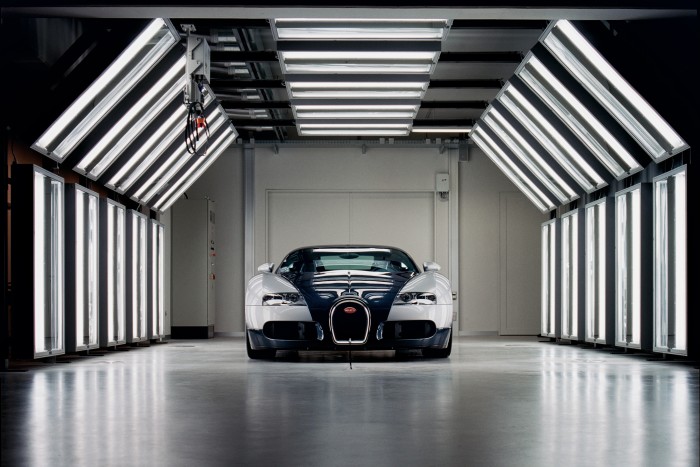
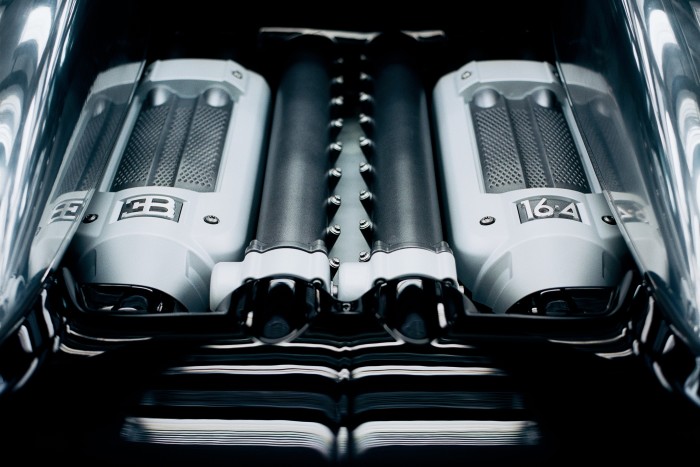
The Veyron re-energised the arms race that has been running between the likes of?Ferrari, Lamborghini and McLaren for decades. There is?no deeper cul-de-sac than trying to precisely define what does and doesn’t count as a?supercar, so let’s just agree we mean a pricey, street-legal sports car with race-track-like performance. Plus a dash of je?ne sais quoi you can choose to translate as either “cachet” or “blind prejudice”. As for the first one ever made, some will die on the hill marked 1966?Lamborghini Miura and others will stan the 1954 Mercedes-Benz 300 SL, with its upwards-swooping gullwing doors. Choose your poison; either works.


Lately there’s been talk about whether we may have reached peak supercar. After all, electrification has driven down the price of slipping the surly bonds of earth. These days, a zero-to-60 of less than three seconds can be had for?less than $100,000. Plus, a proliferation of smaller brands with quasi-pronounceable names and quasi-crowd-funded business models has flooded the market. Like?everything else, inflation has come for exotic cars, resulting in the emergence of the new – also largely indefinable – term “hypercar”.
It was during the 2000s that supercars really became super, meaning they transcended the mere pursuit of bigger?numbers. They also achieved a new kind of cultural valence. Lil Wayne bought a Veyron and rapped about it (a?lot). Pretty soon, Britney Spears was advising “You better?work, bitch” if you wanted a supercar, and Sharon Stone was chipping away at the patriarchy by doing unspeakable things in one in the opening sequence of?Basic?Instinct 2. This was a golden era of cars such as?the?Koenigsegg CC8S and McLaren SLR, as much technological marvels as mechanical wonders, and of?waiting to see which exotic would grace the cover-box art of the next Gran Turismo PlayStation game.
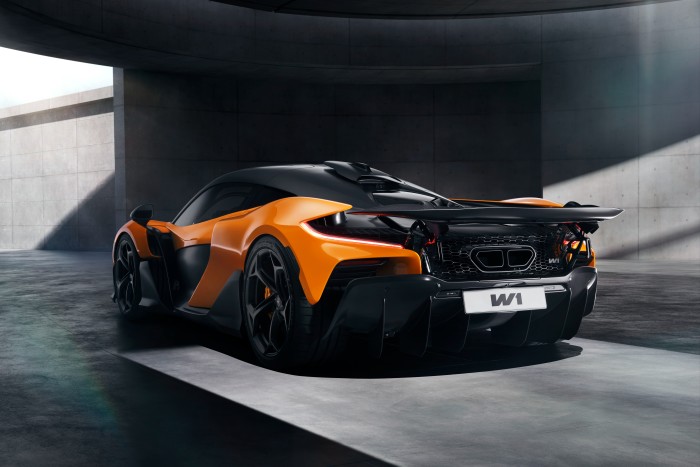
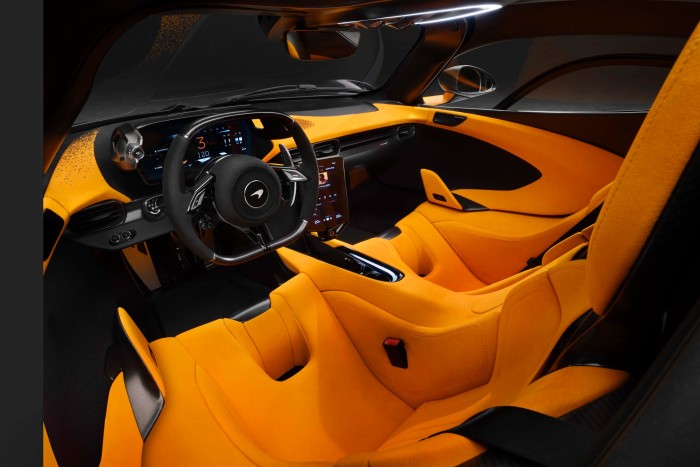
For a time, these ultra-low-volume models were thought to serve a compelling commercial purpose. They were the original influencers, placing a benevolent halo above the rest of a manufacturer’s products. The existence of the glorious 2005 Ford GT – harkening back?to?the company’s 24 Hours of Le Mans-winning GT40?in the 1960s – could make you more stoked to get behind the wheel of your Mondeo estate. Honda’s gut-rattling NSX might get you to consider an Accord. And so on.
Dubious theory, perhaps. But that hasn’t stopped Cadillac executives from musing about trying to do the same in the coming years, or Porsche from taking its Mission X concept for an electric successor to the 918 Spyder on tour to various global car shows over the past?two years. Aston Martin’s return to form, meanwhile, has been predicated, in part, on being boosted by the existence of its 1,160-horsepower AM Valkyrie (reportedly costing $4.5mn), and the upcoming Valhalla, a mid-engine hybrid supercar with Formula 1 technologies and a predicted sticker price of?$1mn. McLaren is expected to begin manufacturing its most powerful vehicle ever this year, the?1,258-horsepower W1, a plug-in hybrid.
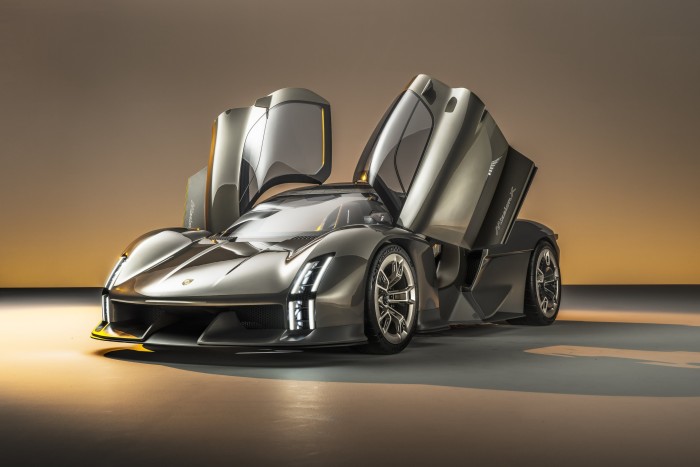
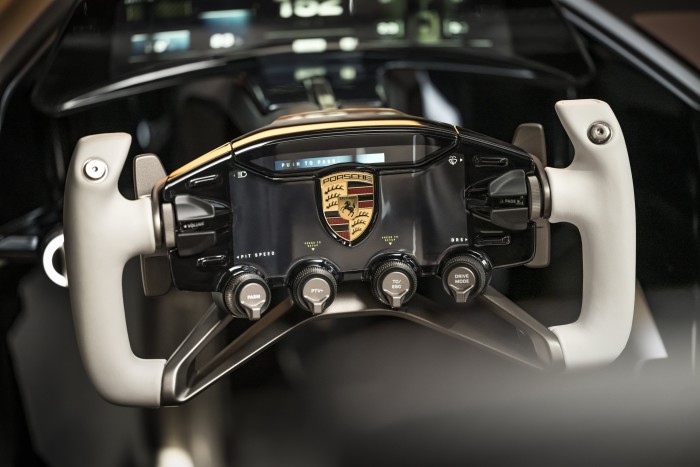
Even the cataclysm of Donald Trump’s trade wars doesn’t seem to have dimmed manufacturers’ hopes for the prospects of the highest-end models. Recently, Ferrari said it had not received cancellations in its order book – which already covers the whole of 2026 – even after it announced plans to raise prices for some of its models by up to 10 per cent due to tariffs. The company still plans to tease its first electric vehicle in October. It will certainly be super.
So no, the explosion of the supercar, hypercar, ultracar (or whatever rhetorical travesty comes after) will not have been a creation of our recently ended era of wild ambition, accelerated wealth and super-low interest rates. Truth is, as?long as the minds of men continue to be pitted against the laws of nature, there is no peak.
Comments